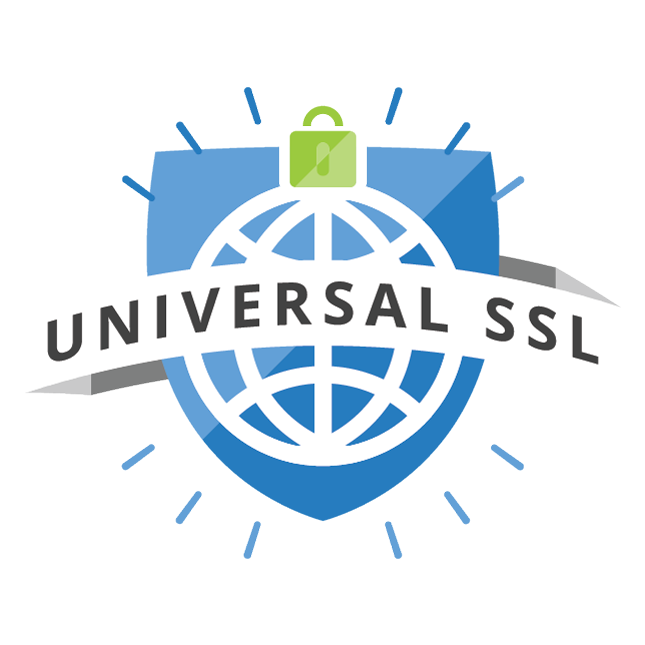
WordPress is a platform that allows you to create websites using an open-source software. WordPress offers thousands of plugins and themes to improve the functionality of your site.
A theme is an organized collection of template documents that gives your site a consistent appearance. They allow you also to customize the look and feel of your website, making it easier for your users to navigate.
WordPress usually makes its themes available to download as zip files. FTP clients can be used to upload the theme files if the developer does not provide them on their website.
Themes in WordPress can be installed manually by using FTP software or the Themes directory. The latter method is a bit more complex, but it does allow you to add a new theme to your WordPress site without having to contact the developer directly.

To manually install a theme, log into your WordPress dashboard and go to Appearance > Themes. Click on "Add New" at the top to search through themes.
From here, you can search for themes by name or use the Feature Filter to narrow down your selection. Click on the "Install' button to install the theme you selected.
Once the theme is installed, you'll notice a "Successfully installed" message. You can activate the theme on your website.
Manually installing WordPress themes can be difficult and take a lot of time, but is an excellent way to become familiar with the system. It gives you a good chance to test your skills as well as learn how to troubleshoot potential problems.
First, you'll need to locate the theme folder on your hard drive. Although it can be difficult, most operating systems include archive management software that makes it easy to extract all the files in a zip file.

FileZilla is a good FTP client to use to connect to the WordPress server. This is a more complex method, but a great one for transferring large files.
Once you've set up your FTP client, you'll need to transfer the theme files from your computer into your website's document roots (usually /wp content). You can upload the files in large batches or small ones, depending on what you have available and how fast your connection is.
You'll also need to update your website's database. Although it can be tedious, this is necessary for security.
You can customize your theme after the database is updated. You can then preview it in the WordPress dashboard and change the settings to match your site's needs.
FAQ
What is the best platform to design a website on?
WordPress is the best platform for creating websites. It provides all the features you need to create a professional-looking site.
Themes can be easily customized and installed. You can choose from thousands of free themes available online.
You can also add functionality by installing plugins that allow you to do everything from adding social media buttons to adding forms and contact pages.
WordPress is very user-friendly as well. You don’t need to know HTML code to edit your theme files. Click on an icon to select the theme you wish to change.
While there are many options for platforms, WordPress is my favourite. It has been around forever and is still widely used by millions.
How Do I Choose A Domain Name?
Choosing a good domain name is essential. Without a great domain name, people will not know where to find you when they search for your product.
Your domain name should be concise, memorable, unique, relevant, and easy to remember. Ideally, you want something that people would type into their browser.
Here are some tips for choosing a domain name:
* Use keywords related to your niche.
* Do not use (-), symbols or hyphens.
* Don't use.net or.org domains.
* Avoid using words that are already taken.
* Avoid using generic terms like "domain"/website.
* Make sure it's available.
What is a static website?
Static websites are those where all content is stored on a web server and can be accessed by users via their web browsers.
The term "static" refers to the fact that there are no dynamic features such as changing images, video, animation, etc.
This type of site was originally developed for use in corporate intranets but has since been adopted by individuals and small businesses who want simple websites without the complexity of custom programming.
Because static websites require less maintenance, they have grown in popularity. Static sites are easier to maintain and update than fully-featured websites with multiple components (such as blogs).
They also load quicker than their dynamic counterparts. This makes them ideal for users on mobile devices or those with slow Internet connections.
A static website is more secure than its dynamic counterparts. There's nothing to hack into a static website. Hackers have only access to data stored in a database.
Two main methods can be used to create a static site:
-
Using a Content Management System (CMS)
-
Creating a Static HTML Website
It depends on what your needs are. I recommend a CMS if you're just starting to create websites.
Why? Because it gives you complete control over your website. You don't need to hire someone else to help you set it up. Upload files directly to the CMS.
You can still learn to code and make a static website. It will take some time to learn to program.
Can I make my website using HTML and CSS?
Yes! If you've followed the steps, you should now be able create your website.
You now know how to build a website structure. Now you need to learn HTML and CSS coding.
HTML stands to represent HyperText Markup Language. You can think of it as writing a recipe. You would list ingredients, directions, etc. HTML allows you to indicate to a computer which portions of text are bold, italicized and underlined. It also lets you know which part of the document is linked. It's the language that documents use.
CSS stands for Cascading Style Sheets. You can think of CSS as a style sheet for recipes. Instead of listing each ingredient and instructing, you can write down general guidelines for font sizes, colors and spacing.
HTML tells the browser what HTML is and CSS tells it how.
Don't panic if either of these terms are confusing to you. Follow the tutorials below, and you'll soon be making beautiful websites.
Statistics
- It's estimated that in 2022, over 2.14 billion people will purchase goods and services online. (wix.com)
- Did you know videos can boost organic search traffic to your website by 157%? (wix.com)
- The average website user will read about 20% of the text on any given page, so it's crucial to entice them with an appropriate vibe. (websitebuilderexpert.com)
- In fact, according to Color Matters, a signature color can boost brand recognition by 80%. There's a lot of psychology behind people's perception of color, so it's important to understand how it's used with your industry. (websitebuilderexpert.com)
- When choosing your website color scheme, a general rule is to limit yourself to three shades: one primary color (60% of the mix), one secondary color (30%), and one accent color (10%). (wix.com)
External Links
How To
How do I choose between CMSs?
There are two types of Content Management System. Web Designers can choose between static HTML or dynamic CMS. WordPress is the most used CMS. But when you want to make your site look professional and well-organized, you should consider using Joomla! Joomla is an open-source CMS which allows you create any design website without needing to know any coding. It's very easy to use and configure. Joomla comes with thousands upon thousands of templates and extensions, so you don’t need to hire an expert to set up your site. Joomla is easy to use and free to download. Joomla is a great choice for your project.
Joomla is a powerful tool that allows you to manage every aspect of your website easily. It offers features like a drag-and-drop editor, multiple template support and image manager. You can also manage your blog, blog, eCommerce, news feeds, and more. All these features make Joomla a good choice for anyone who wants to build their website without spending hours learning how to code.
The great thing about Joomla is that it supports almost all devices, including mobile phones, tablets, desktop computers, laptops, etc. So, if you want to develop websites for different platforms, you can do so easily.
There are many reasons that Joomla is preferable to WordPress. These are just a few of the reasons Joomla is preferred to WordPress.
-
Joomla is Open Source Software
-
Easy to Install and Configure
-
Over 2,000 ready-made Templates and Extensions
-
Download and use it for free
-
All Devices Supported
-
Powerful Features
-
Solid Support Community
-
Very secure
-
Flexible
-
Highly customizable
-
Multi-Lingual
-
SEO Friendly
-
Responsive
-
Social Media Integration
-
Mobile Optimized